|
[1]
|
Y. Chen, Q. Liu, D. Guo, Emerging coronaviruses: Genome structure, replication, and pathogenesis, J. Med. Virol., 92 (2020), 418-423. doi: 10.1002/jmv.25681

|
|
[2]
|
C. Huang, Y. Wang, X. Li, L. Ren, J. Zhao, Y. Hu, et al., Clinical features of patients infected with 2019 novel coronavirus in Wuhan, China, Lancet Infect. Dis., 395 (2020), 497-506.
|
|
[3]
|
S. Li, Y. Shan, Latest research advances on novel corona virus pnuemonia, J. Shandong University (Health Science), 58 (2020), 19-25.
|
|
[4]
|
Guidance document for COVID-19. Available from: https://www.who.int/zh/emergencies/diseases/novel-coronavirus-2019.
|
|
[5]
|
Y. Ye, W. Fan, W. Wang, H. Wang, J. Pan, Y. Nie, et al., Difference in epidemic characteristics between asymptomatic infected persons and confirmed cases in COVID-19 clustered epidemics, Chin. J. Infect. Control, 19 (2020), 1-6.
|
|
[6]
|
Y. Chen, A. Wang, B. Yi, K. Ding, H. Wang, J. Wang, et al., Epidemiological characteristics of infection in COVID-19 close contacts in Ningbo city, China J. Epidemiol., 41 (2020), 667-671.
|
|
[7]
|
Heilongjiang Provincial Health Committee. Available from: http://wsjkw.hlj.gov.cn/.
|
|
[8]
|
Jilin Provincial Health Committee. Available from: http://wjw.jlcity.gov.cn/.
|
|
[9]
|
C. Xiong, A detailed explanation of survival time for COVID-19 virus in the environment, China Food Safty Magazine, 5 (2020), 22-25.
|
|
[10]
|
S. Huang, Z. Peng, Z. Jin, Studies of the strategies for controlling the COVID-19 epidemic in China: Estimation of control efficacy and suggestions for policy makers, Sci. Sin. Math., 50 (2020), 1-14.
|
|
[11]
|
B. Tang, X. Wang, Estimation of the transmission risk of the 2019-nCoV and its implication for public health interventions, J. Clin. Med., 9 (2020), 1-13.
|
|
[12]
|
S. Tang, B. Tang, N. L. Bragazzi, F. Xia, T. Li, S. He, et al., Analysis of COVID-19 epidemic traced data and stochastic discrete transmission dynamic model, Sci. Sin. Math., 50 (2020), 1-16.
|
|
[13]
|
S. Zhao, Q. Lin, J. Ran, S. S. Musa, G. Yang, W. Wang, et al., Preliminary estimation of the basic reproduction number of novel coronavirus (2019-nCoV) in China, from 2019 to 2020: A data-driven analysis in the early phase of the outbreak, Int. J. Infect. Dis., 92 (2020), 214-217. doi: 10.1016/j.ijid.2020.01.050

|
|
[14]
|
Y. Hu, K. Wang, W. Wang, Regional difference of COVID-19 for transmission capacity and epidemic control efficacy, Acta Math. Appl. Sinica (Chinese Series), 43 (2020), 227-237.
|
|
[15]
|
S. Wang, X. Liu, J. Qin, S. Li, Nucliec acid screening results of 738 close contacts of coronavirus disease 2019, Chin. J. Infect. Control, 19 (2020), 297-300.
|
|
[16]
|
National Health Commission of the People's Republic of China. Available from: http://www.nhc.gov.cn/.
|
|
[17]
|
X. Zhao, X. Liang, L. Zhang, Basic reproduction ratios for periodic abstrac functional differential equations, J. Dyn. Differ. Equ., 31 (2019), 1247-1278. doi: 10.1007/s10884-017-9601-7

|
|
[18]
|
P. van den Driessche, J. Watmough, Reproduction numbers and sub-threshold endemic equilibria for compartmental models of disease transmission, Math. Biosci., 180 (2020), 29-48.
|
|
[19]
|
O. Diekmann, J. A. P. Heesterbeek, J. A. J. Metz, On the definition and the computation of the basic reproduction ratio R0 in the models for infectious disease in heterogeneous populations, J. Math. Biol., 28 (1990), 365-382.
|
|
[20]
|
W. Wang, X. Zhao, Threshold Dynamics for Compartmental Epidemic Models in Periodic Environments, J. Dyn. Diff. Equat., 20 (2008), 699-717. doi: 10.1007/s10884-008-9111-8

|
|
[21]
|
Z. Feng, Final and peak epidemic size for SEIR models with quarantine and isolation, Math. Biosci. Eng., 4 (2007), 675-686. doi: 10.3934/mbe.2007.4.675

|
|
[22]
|
R. M. Anderson, R. M. May, Infectious Diseases of Humans: Dynamics and Control, Cambridge University Press, New York, 1991.
|
|
[23]
|
J. Arino, F. Brauer, P. van den Driessche, J. Watmough, J. Wu, A final size relation for epidemic models, Math. Biosci. Eng., 4 (2007), 159-175. doi: 10.3934/mbe.2007.4.159

|
|
[24]
|
J. Cui, Z. Feng, Y. Zhang, Influence of non-homogeneous mixing on final epidemic size in a meta-population model, J. Bio. Dyn., 13 (2019), 31-46. doi: 10.1080/17513758.2018.1484186

|
|
[25]
|
J. Li, Q. Xu, Y. Wang, J. Xu, Y. Huang, W. Liu, et al., Analysis in characteristics of asymptomatic infection patients with coronavirus disease 2019 in Yangzhou City of Jiangsu Province, J. Clin. Med. in Practice, 24 (2020), 10-13.
|
|
[26]
|
The integrated platform of COVID-19 prevention and control. Available from: http://xgpt.clas.ac.cn/service.
|
|
[27]
|
Y. Xu, L. Wang, W. Zhang, T. Gao, C. Wu, Epidemiological and clinical charateristics 35 cases of COVID-2019 pneumonia, J. Clin. Pul. Med., 25 (2020), 1082-1086.
|
|
[28]
|
Heilongjiang province people's government. Available from: http://www.hlj.gov.cn/.
|











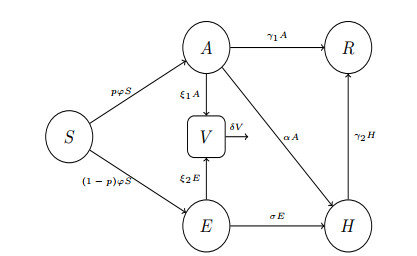
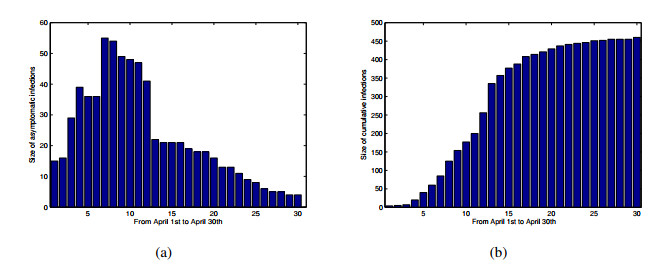
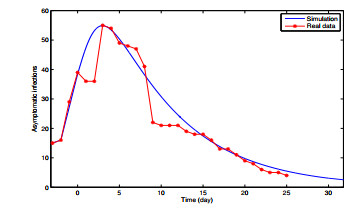
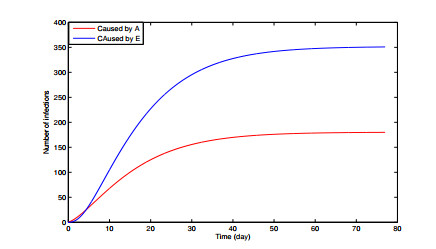
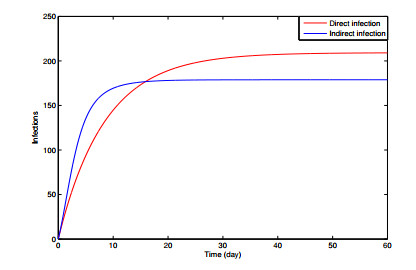
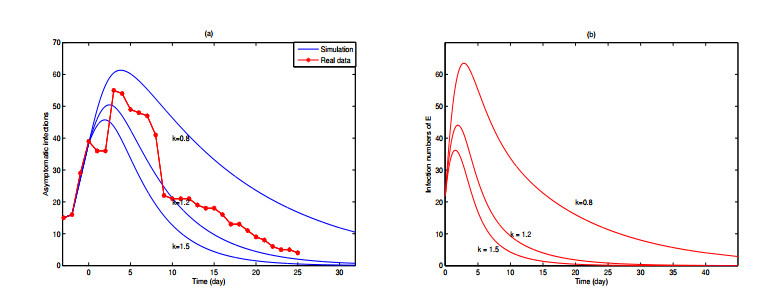
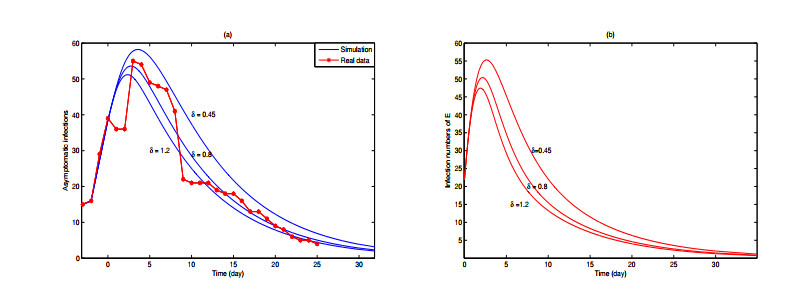



 DownLoad:
DownLoad: